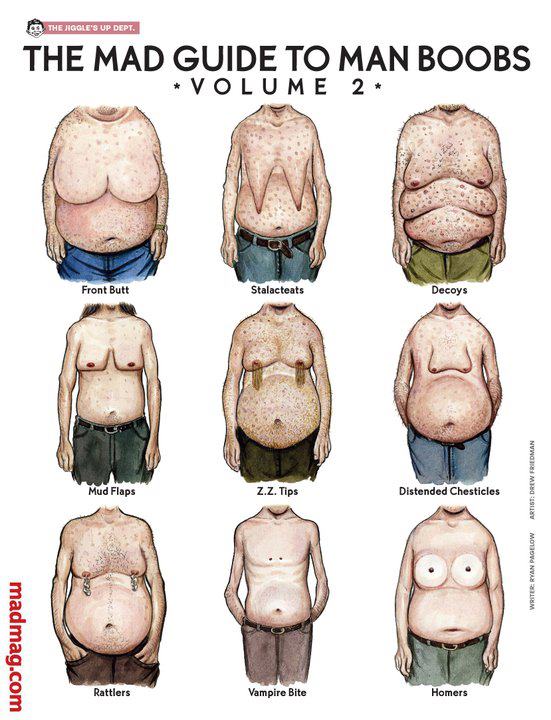Excuse my use of the personal pronoun in this short article, but I am writing to get input as much as I am to simply observe a phenomenon.
I am increasingly drawn to the connection between bench science and the companies that provide them with their tools - from commercial assays, probes, and imaging chambers to engineered animals and so-called "experiment in a box" products.
As a journalist I am drawn to the subject for many reasons: it is an industry that is almost completely uncovered and one that supports, via advertisements and sponsorships, a growing number of science magazines and science venues.
And there seem to be a growing number of 'artifactual' findings due to reliance on them.
 60 Is The New 16!
60 Is The New 16! Low T? Welcome To Their World, Brother!
Low T? Welcome To Their World, Brother!











